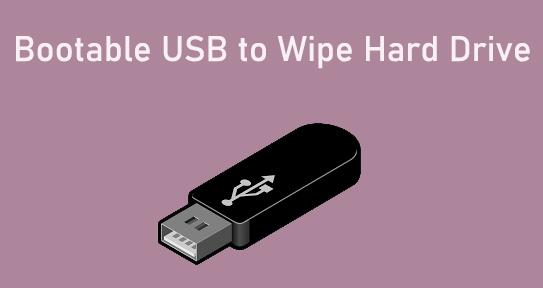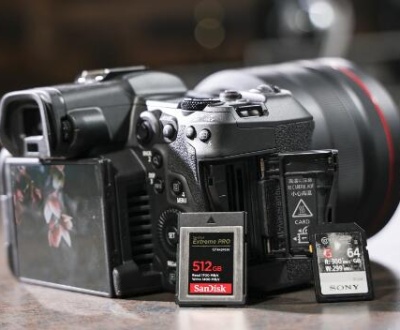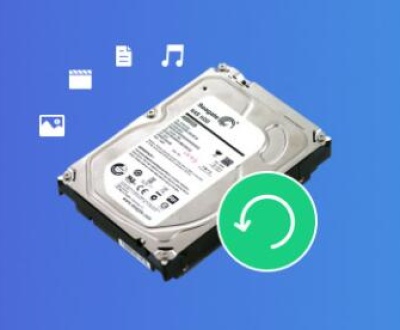1. USB Boot Disk Wipe
Definition of USB Boot Disk Wipe Utility: Explain what a USB boot disk wipe utility is and its primary purpose.
Importance of USB Disk Wiping: Discuss the significance of securely wiping a USB boot disk, especially in contexts like reusing the device, selling it, or ensuring data privacy.
Overview of Content: Provide a brief overview of the key topics to be covered in the essay.
2. Why Use a USB Boot Disk Wipe Utility?
Security Concerns:
Discuss the risks of leaving sensitive data on a USB drive and how a wipe utility mitigates these risks.
Reusability:
Explain how wiping a USB boot disk allows it to be reused for different purposes without risking conflicts or errors from residual data.
Data Integrity:
Highlight how a proper wipe ensures no residual data can interfere with the disk’s performance when repurposed.

3. Types of USB Boot Disk Wipe Utilities
Native Operating System Tools:
Windows Diskpart: Discuss how Windows’ built-in Diskpart utility can be used to wipe a USB boot disk.
Linux dd Command: Explore how the dd command in Linux is a powerful tool for wiping USB drives.
macOS Disk Utility: Describe the process of using Disk Utility on macOS to securely erase a USB drive.
Third-Party Utilities:
DBAN (Darik’s Boot and Nuke): Review DBAN’s effectiveness, features, and use cases.
CCleaner: Discuss CCleaner’s Drive Wiper feature and how it can be used for USB drives.
Eraser: Explore Eraser’s advanced options for wiping USB disks.
Parted Magic: Explain the features of Parted Magic and how it functions as a comprehensive wiping tool.
Specialized USB Wipe Tools:
Rufus: Review Rufus’s capabilities as a USB bootable drive creator and its wiping options.
USB Oblivion: Describe USB Oblivion’s specialized function for removing traces of USB-connected drives from Windows systems.
4. Key Features of USB Boot Disk Wipe Utilities
Data Sanitization Standards:
Discuss how different utilities comply with standards like DoD 5220.22-M, NIST 800-88. etc.
Speed and Efficiency:
Compare the speed and efficiency of various utilities, especially when wiping large-capacity drives.
Ease of Use:
Analyze the user interface and usability of different tools, highlighting which are more user-friendly.
Customizability:
Explore how some utilities allow for customization in wiping methods (e.g., number of passes, type of data overwrite).
Reporting and Logging:
Look into the importance of logging wipe actions and how different utilities handle this.
5. Step-by-Step Guide to Using Popular USB Boot Disk Wipe Utilities
Using Diskpart on Windows:
Provide a detailed, step-by-step guide on how to wipe a USB disk using Diskpart.
Wiping with dd on Linux:
Step-by-step instructions on using the dd command to wipe a USB boot disk.
Using Disk Utility on macOS:
Walkthrough of wiping a USB boot disk using Disk Utility.
Using DBAN:
Instructions on creating a bootable DBAN disk and using it to wipe a USB drive.
Using Rufus:
Guide on how to use Rufus to wipe and create a new bootable USB disk.
Using CCleaner and Eraser:
Step-by-step guides on using these utilities to wipe USB drives.
6. Advanced Features in USB Wipe Utilities
Encryption Before Wiping:
Discuss the practice of encrypting a USB drive before wiping it for enhanced security.
Multiple Overwriting Passes:
Examine whether multiple passes are necessary and how different utilities handle this option.
Verifying Wipes:
Explore how some utilities offer verification processes to ensure that the wipe was successful.
7. Comparing USB Boot Disk Wipe Utilities
Cost vs. Features:
Compare free and paid utilities, discussing whether paid options offer significant advantages.
Speed and Performance:
Detailed comparison of how quickly different utilities perform wipes on various sizes and types of USB drives.
Usability for Different Users:
Which tools are best suited for beginners versus advanced users?
Compatibility Across Operating Systems:
Compare which utilities are compatible with Windows, macOS, and Linux, and how that impacts user choice.
8. Challenges and Solutions in Using USB Boot Disk Wipe Utilities
USB Drive Not Recognized:
Solutions for when a USB drive isn’t recognized by a wipe utility.
Error Messages During Wiping:
How to troubleshoot and resolve common errors encountered during the wiping process.
Physical Damage to USB Drives:
Address scenarios where a USB drive is physically damaged and cannot be wiped using standard utilities.
9. Case Studies and Real-World Applications
Corporate IT Policies:
Example of how a company might incorporate USB wipe utilities into their data security policies.
Personal Data Protection:
Discuss scenarios where individuals use USB wipe utilities to protect personal data before selling or donating their drives.
Forensics and Data Recovery:
Explore how USB wipe utilities are used in forensic investigations and whether wiped data can be recovered.
10. Choosing the Right USB Boot Disk Wipe Utility
Assessing User Needs:
How to determine the best utility based on specific needs (e.g., speed, security, ease of use).
Evaluating Software Reviews:
Discuss the importance of reading reviews and user feedback when choosing a utility.
Trial and Error:
Encourage users to try multiple tools to find the one that best suits their requirements.
About us and this blog
Panda Assistant is built on the latest data recovery algorithms, ensuring that no file is too damaged, too lost, or too corrupted to be recovered.
Request a free quote
We believe that data recovery shouldn’t be a daunting task. That’s why we’ve designed Panda Assistant to be as easy to use as it is powerful. With a few clicks, you can initiate a scan, preview recoverable files, and restore your data all within a matter of minutes.
Subscribe to our newsletter!
More from our blog
See all postsRecent Posts
- How to save tiktok videos on computer 2025-04-30
- How to watch gopro videos on computer 2025-04-30
- How to save video from blink video doorbell to computer? 2025-04-30

 Try lt Free
Try lt Free Recovery success rate of up to
Recovery success rate of up to









